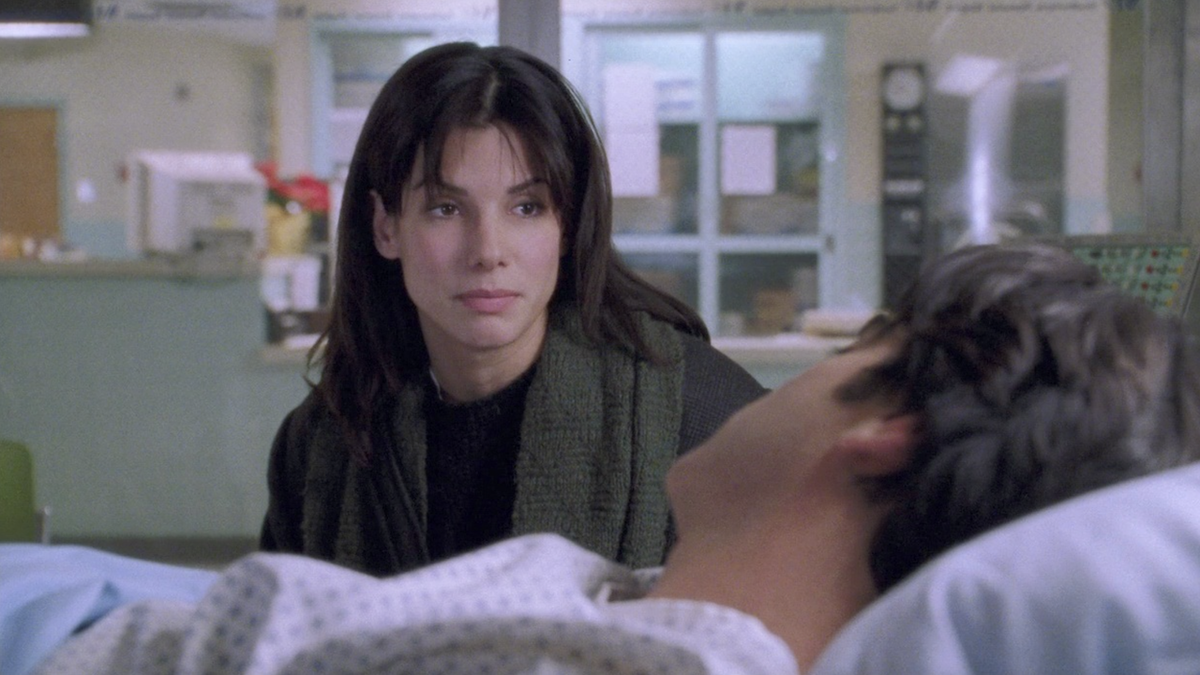For the past two weeks the steps in front of the grand courthouse in the small Wisconsin city of Kenosha have been a focal point for supporters of Kyle Rittenhouse as well as supporters of the two men he killed and the third who he injured.
And as the verdicts came in there were cheers and jeers.
This trial wasn’t about what did or didn’t happen.
Mr Rittenhouse did kill 36-year-old Joseph Rosenbaum who was unarmed. He did kill Anthony Huber, 26, and armed with a skateboard. And he did wound Gaige Grosskreutz, 26, and armed with a pistol.
There wasn’t a debate about the central facts. No, this was about interpretations of right and wrong; it was about a central tenet of the US constitution – the second amendment: the right to keep and bear arms. And it was about the meaning of “self-defence”.
That night in August last year Kenosha was a city in flames.
The shooting by police of a black man called Jacob Blake had brought a summer of nationwide racial unrest to this usually quiet place on the shores of Lake Michigan.
Kyle Rittenhouse wasn’t from the city. But he knew it well; his father and best friend lived in Kenosha and, he told the court over the two weeks of bitter legal argument, he went there to protect businesses and offer medical help.
Mr Rittenhouse, 17 at the time, was a volunteer lifeguard. He knew first aid. But he also knew how to handle a weapon; at least enough, in his eyes, to defend the city.
The images of him walking around the town just before midnight on a hot night last August were beamed around the world.
He was one of many armed civilians. Were they vigilantes; a militia force bent on racial confrontation? “Chaos tourists” as the prosecution said.
Or were they concerned citizens protecting a community from looters; armed for self-defence as is their right in Wisconsin under the US constitution?
Was Mr Rittenhouse’s argument of “self-defence” really valid? As the prosecution argued: “When the defendant provokes the incident he loses the right to self defence. You cannot claim self-defence to a danger you create.”
Did he provoke it? Did he create the danger?
“Yes” said the prosecution: he brought a semi-automatic rifle to a protest. He was threatening others. Those he shot were, it was argued, trying to disarm an “active shooter”.
“No” said the defence: he was being chased and beaten when he opened fire.
Was Mr Rittenhouse’s response proportionate?
In the days after the shooting, as America simmered in racial unrest, he was described as a “domestic terrorist” by congresswoman Ayanna Pressley.
Joe Biden, not then elected president, had used an image of Mr Rittenhouse as part of a campaign video denouncing white supremacy.
But, then-president Donald Trump used the podium in the White House to support Mr Rittenhouse. He was only defending himself, Mr Trump had said.
Kyle Rittenhouse had quickly become a pin-up for the conservative right across America and a target for the left.
It has been a trial that’s touched on so many divisive issues: race, gun laws, disinformation, politics.
It has exposed such different judgements of right and wrong.
It is liberal against conservative and it is American against American. It is a troubling snapshot of these divided states.
President Biden said after the verdict that it “will leave many Americans feeling angry and concerned, myself included, (but) we must acknowledge that the jury has spoken”.
Juries are made up of ordinary people; in this case, seven women and five men. They were asked to judge, for a nation, when it’s reasonable and acceptable to kill someone.
They heard the prosecution’s argument that Mr Rittenhouse was the agitator; he was the threat; he was the danger.
Yet, they concluded that those assertions could not be proven beyond reasonable doubt.
Their verdict will set legal precedents and it will embolden people who want to “open carry” and potentially use weapons in the 31 states where that is permitted.
The events of that night in August 2020 happened because of a culture America allows to exist. The nation has enabled a dangerous division.







